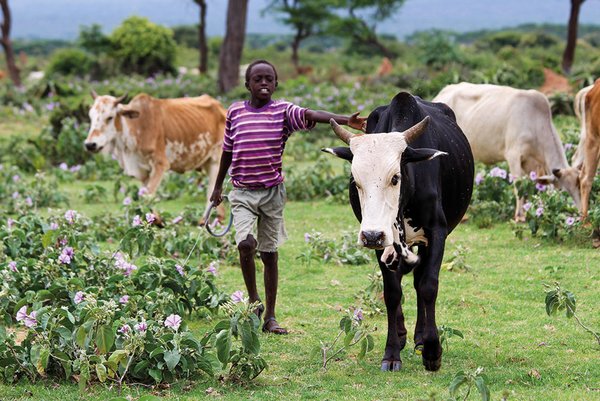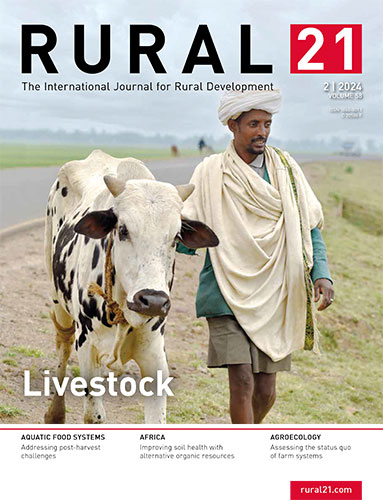 Download this article in magazine layout
Download this article in magazine layout
- Share this article
- Subscribe to our newsletter
World map of pastoralists
A pastoralist group is a community that manages animals in a pastoralist system (one where the animals walk to their feed). They may be a particular ethnic group or caste, have a specific cultural identity and traditions, use a particular management system, raise specific species or breeds, or occupy a particular region.
The boundaries of pastoralism are fuzzy. But we exclude livestock farming (where animals are kept in fields or enclosures) and intensive livestock raising (where they are kept indoors).
Pastoralism is practised mainly where it is too hot, too dry, too wet, or too steep to grow crops. That means in and around the world’s deserts and steppes (like in the Sahel), in mountains and on moorlands. Pastoralists also herd their animals on fallow crop fields, in forests, and on roadsides and patches of land between fields.
Pastoralism includes a wide range of management approaches. These, and the species kept, differ from one region to another. Many pastoralists are location-bound: they stay in one place all year, allowing their animals to feed on nearby pasture and fallow fields.
In mountainous areas, they practise vertical transhumance: taking their livestock up the mountains in spring and down to the snow-free valleys in autumn. In dryland they use horizontal transhumance: moving between two or more fixed locations to follow the seasonal rainfall. Or they may be nomadic: moving frequently in search of grazing and water. In parts of the Americas, Australia and southern Africa, ranchers keep large herds of cattle and sheep on land that is privately owned or leased from the government.
In subhumid parts of Africa, South Asia and Europe, agropastoralists grow crops as well as herding livestock. Urban pastoralists use sheep and goats to control weeds and prevent fires in cities.
Paul Mundy, League for Pastoral Peoples and Endogenous Livestock Development
Contact: paul@mamud.com





Add a comment
Be the First to Comment